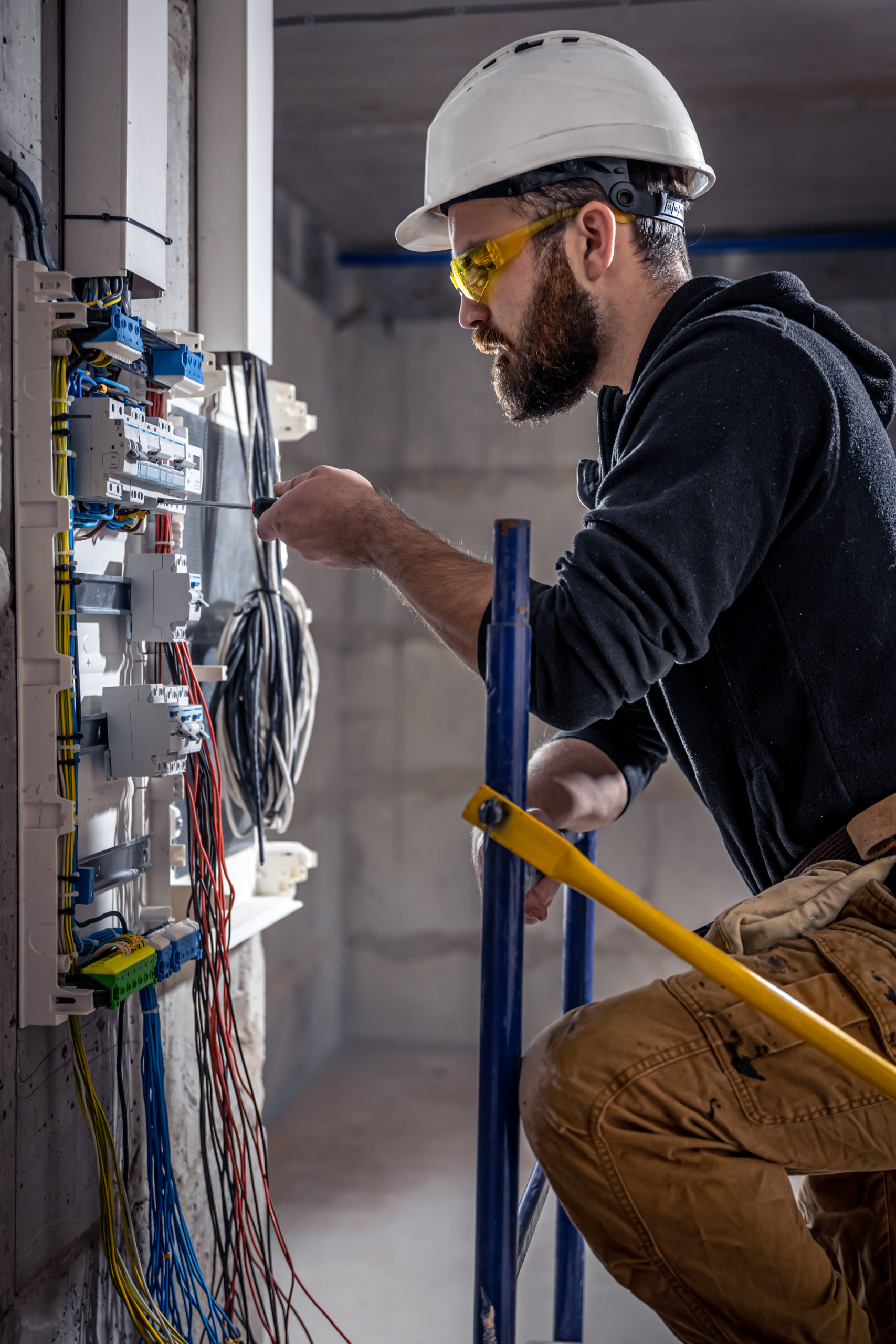

Introduction
Understanding the Fiber Optic Installation Process with INJ Cable Fiber and Construction
Fiber optic technology has become essential in modern telecommunications, providing faster internet speeds and higher data transmission capabilities. At INJ Cable Fiber and Construction, we specialize in delivering high-quality fiber optic installations that meet the needs of businesses and homeowners alike. Our experienced team ensures that every installation is done with precision and attention to detail. In this guide, we’ll walk you through the fiber optic installation process, ensuring you understand how we bring this advanced technology to your doorstep.
1. Planning and Site Assessment
Before we start the actual installation, careful planning and site assessment are crucial to ensure a smooth process. Here’s how we handle it:
Understanding Client Needs
We begin by discussing your specific requirements, such as bandwidth needs, number of users, and future scalability. Whether you’re a small business, large enterprise, or residential client, we tailor our solutions to match your needs.
Site Evaluation
Once we understand your requirements, we assess your property or location. We evaluate factors such as the distance to the nearest fiber network, potential obstacles for the cable installation, and the available infrastructure.
Permits and Permissions
We also ensure that all necessary permits and permissions are obtained. This includes working with local authorities to avoid any legal issues during installation. This step is especially important for underground or aerial fiber installations.
2. Laying the Fiber Optic Cable
Once the planning and assessment are complete, we move on to the installation phase, where we lay the fiber optic cable.
Trenching and Boring
For underground installations, we use trenching or horizontal directional boring to lay the fiber cables. Our team ensures that the trenches are deep enough to protect the cables from damage, while also taking care not to disrupt existing utilities.
Aerial Installations
In cases where the fiber cable is installed above ground, we carefully mount the cables on poles. This method is often quicker than underground installations but still requires careful planning to avoid interference with power lines and other structures.
Installing Conduits and Junction Boxes
Once the cables are laid, we install conduits and junction boxes to protect and house the cables. These components ensure the long-term durability of the fiber optic network and provide access points for future maintenance.
3. Splicing and Connecting the Fiber
Fiber optic cables need to be spliced and connected properly to ensure seamless data transmission.
Precision Splicing
Splicing involves joining two fiber optic cables together. This is a delicate process that requires high precision to avoid signal loss. Our technicians use specialized fusion splicing equipment to ensure that the connection is perfect.
Testing for Signal Strength
Once the splicing is complete, we test the fiber optic cables for signal strength and continuity. This step is essential to ensure that the cables are transmitting data at optimal speeds without any interruptions.
4. Installing the Terminal Equipment
After the cables are connected and tested, we install the necessary terminal equipment to make the fiber optic system functional.
Optical Network Terminal (ONT)
The ONT is a critical component that converts the optical signals into electronic signals that can be used by your devices. We install and configure the ONT to ensure seamless data transmission to your network.
Modems and Routers
Depending on the installation, we may also provide modems and routers to distribute the internet connection throughout your home or business. We ensure that the equipment is compatible with the fiber optic system and optimized for performance.
5. Final Testing and Activation
Before we complete the installation, we conduct final testing to ensure everything is working as it should.
Signal Testing and Speed Verification
We use specialized tools to verify the signal strength and test the data transmission speeds. Our goal is to ensure that the fiber optic network delivers the high-speed connectivity you expect.
Customer Training
Once the system is activated, we provide you with training on how to use and maintain your new fiber optic system. We’ll show you how to monitor your connection, troubleshoot common issues, and perform basic maintenance.
6. Ongoing Maintenance and Support
Even after the installation is complete, we provide ongoing maintenance and support to ensure that your fiber optic system continues to operate efficiently.
Regular Inspections
We offer regular inspections to ensure that the cables and equipment remain in good condition. These inspections help us identify and resolve any potential issues before they affect your service.
24/7 Support
Our team is available around the clock to address any concerns or issues you may have with your fiber optic system. Whether you need technical support or require repairs, we are always here to help.
FAQs
1. How long does the fiber optic installation process take?
The installation time can vary depending on the size of the project and the complexity of the site. On average, most residential installations take about 1-2 days, while larger commercial installations may take longer.
2. What are the benefits of fiber optic internet over traditional options?
Fiber optic internet offers faster speeds, more reliable connections, and greater bandwidth than traditional copper or coaxial cables. This makes it ideal for businesses and homes that require high-speed internet for multiple devices.
3. Is fiber optic installation disruptive to my property?
While some disruption is inevitable during underground installations, we make every effort to minimize the impact on your property. Our team uses modern techniques like horizontal boring to avoid extensive digging and ensure that your property is left in good condition.
